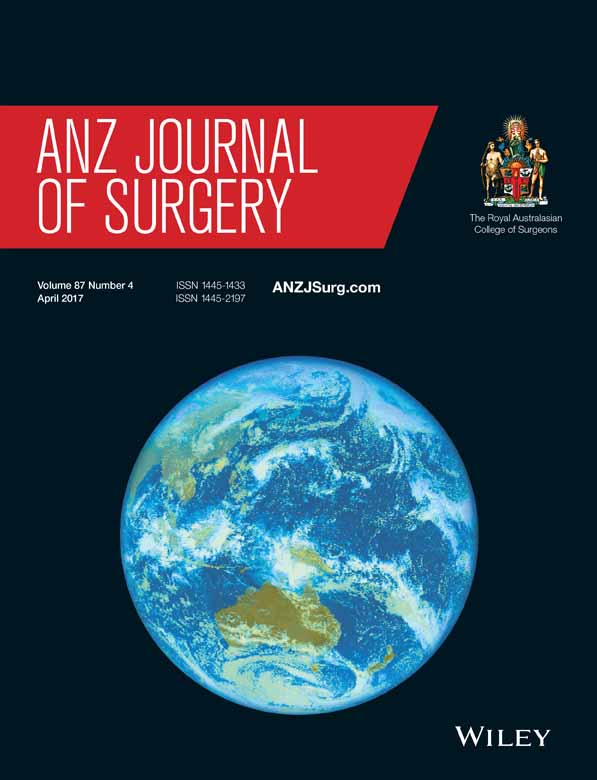Mid-term results of Oxford phase-3 medial unicompartmental knee arthroplasty for medial arthritis in Chinese patients
Abstract
Background
The purpose of this study was to evaluate the mid-term results of an Oxford phase-3 unicompartmental knee arthroplasty (UKA) for medial arthritis in Chinese patients.
Methods
The study included 64 patients who underwent a minimally invasive Oxford phase-3 UKA for medial knee arthritis. The patients were clinically evaluated preoperatively and at the final follow-up according to the clinical and functional components of the Knee Society Score (KSS), the Hospital for Special Surgery knee score and range of motion. A Kaplan–Meier survivorship analysis was performed with revision surgery as the end point.
Results
The mean preoperative clinical KSSs increased from 63.2 to 91.4 post-operatively, and the mean functional KSSs increased from 54.9 to 86.5 post-operatively. In addition, the mean Hospital for Special Surgery scores increased from 59.5 to 86.4. The mean active knee flexion increased from 109.1° preoperatively to 123.6° post-operatively. A total of six patients (six knees) required revision surgery at the time of the maximum 10-year follow-up. Four conversions to total knee arthroplasty were performed because of arthritis progression in the lateral compartment. One revision to total knee arthroplasty was performed for aseptic loosening, and one liner exchange was performed for wear. The cumulative survival rates at the 6- and 8-year follow-ups were 97% and 93%, respectively.
Conclusion
Oxford phase-3 UKA was largely applicable for medial arthritis in Chinese patients. However, the Oxford phase-3 medial UKA selection criteria for young Chinese males need further exploration to obtain the best treatment effect.




